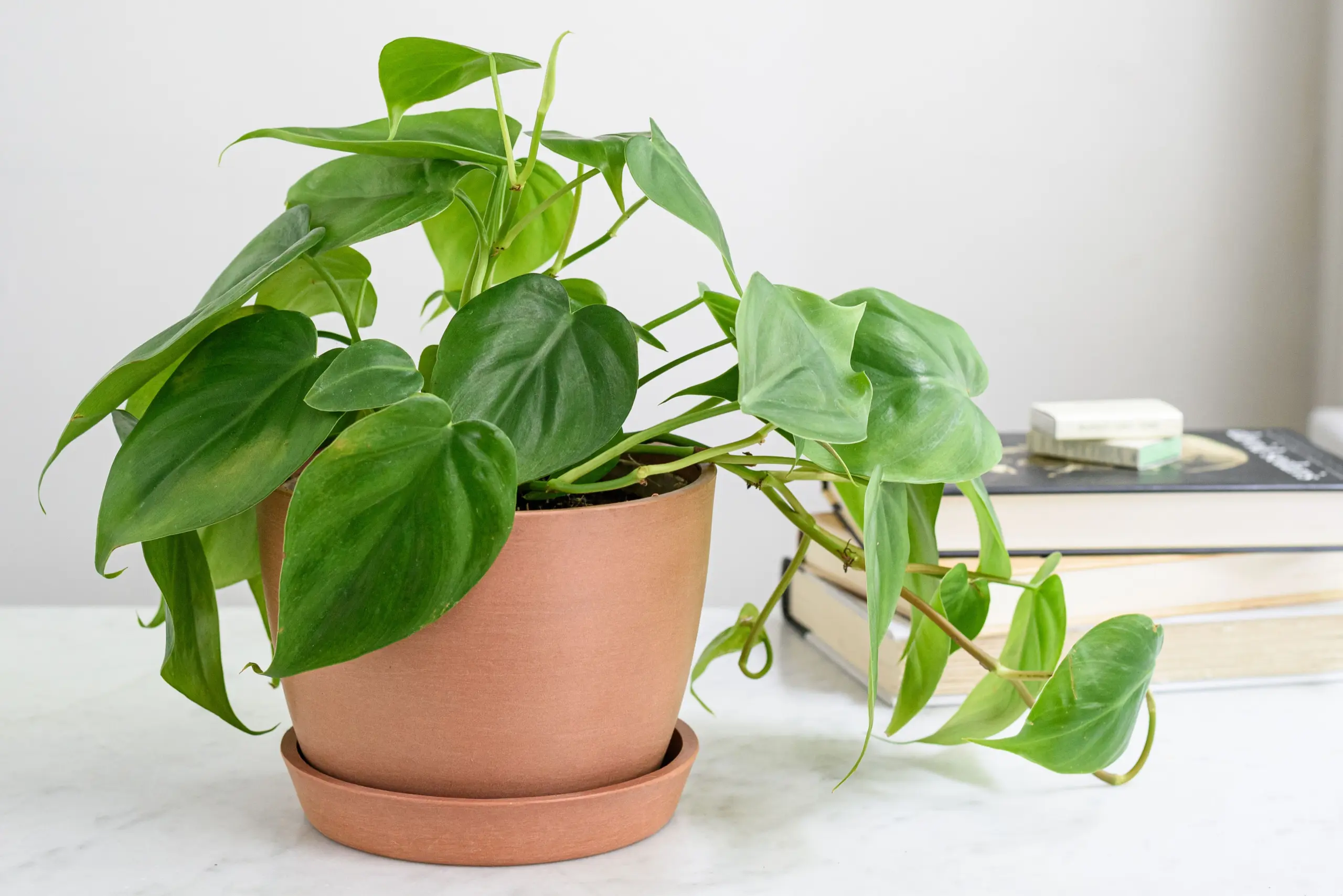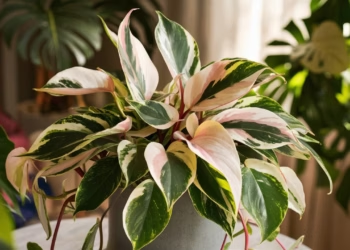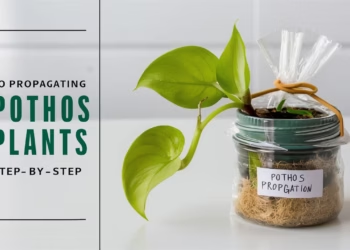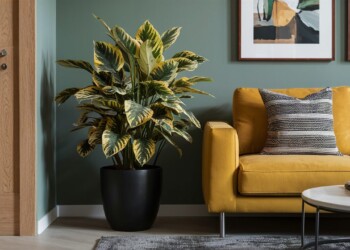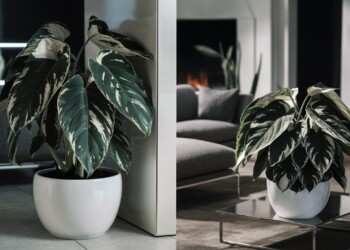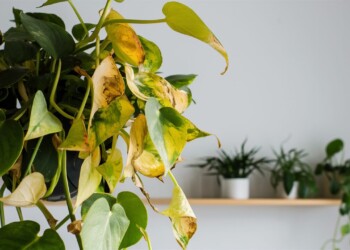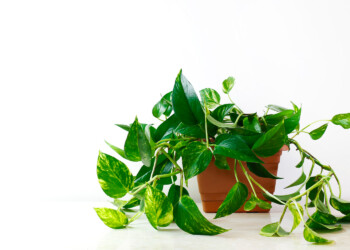Alright, green thumbs and plant enthusiasts, gather around! It’s time to dive deep into the world of philodendrons, those lush, heart-leaved beauties that have a way of making any indoor space feel like a slice of tropical paradise. If you’ve ever found yourself mesmerized by a philodendron’s cascading greenery but thought, “Hmm, how do I not turn this leafy wonder into a plant pancake?” then you’re in the right place! This article is your golden ticket to understanding how to care for philodendron. From watering no-nos to light dos, we’re covering it all. So, let’s turn your home into the envy of plant forums everywhere, shall we?
The Philodendron Basics: What You Need to Know
First things first, let’s get acquainted with our green friend. Philodendrons are part of a large genus of plants that have made themselves a staple in indoor gardens around the globe. Why? Well, besides their obvious aesthetic appeal, they’re pretty darn forgiving and adaptable, making them perfect for both budding plant parents and seasoned green thumbs.
But hold up! Before you start envisioning your indoor jungle, let’s cover some philodendron fundamentals:
- Light It Up: These plants are like that friend who enjoys the sun but knows when it’s time to chill in the shade. Bright, indirect light is their jam. Direct sunlight can harm their leaves, while too little light may cause leggy growth. A spot near a window with filtered light is ideal.
- Water Works: Think of watering like making a perfect cocktail-it’s all about balance. Too much and you’re drowning; too little and you’re parched. Water when the top inch of soil dries out, reducing frequency in winter. Over and under-watering can lead to drooping leaves-a sign to adjust your watering schedule.
- Temperature and Humidity: Warmth and humidity are key. Keep temperatures above 55°F and consider humidity-enhancing methods, such as misting or a pebble tray, especially in drier climates.
- Soil: Philodendrons thrive in loose, well-draining soil rich in organic matter, with a slightly acidic pH. Ensure good drainage to prevent root rot, refreshing the soil biennially to maintain nutrient levels.
- Feeding Frenzy: Philodendrons aren’t greedy, but they do enjoy a good feed now and then, especially during their growing season. During the growing seasons of spring and summer, a monthly application of balanced liquid fertilizer supports vibrant growth. Reduce feeding in cooler months to prevent over-fertilization.

Dive Deeper: Advanced Philodendron Care
1. The Perfect Potting Mix
Your philodendron’s roots are like Goldilocks; they like their soil just right. A well-draining, airy mix that holds moisture without getting soggy is the dream home for these roots.
2. To Prune or Not to Prune
Regular pruning maintains shape and encourages fuller growth. Use sterilized shears to trim any leggy or yellowed leaves, ideally during warmer months. This not only keeps your plant looking tidy but also promotes health.
3. The Humidity Hack
These tropical treasures love humidity. If your home is drier than a desert, consider misting your plant or getting a humidifier to keep those leaves lush.
4. Propagation: Expanding Your Collection
Philodendrons are easily propagated through stem cuttings or division, making it simple to expand your collection or share with friends. Stem cuttings can root in water or directly in soil, while division involves separating plantlets from the parent plant.

Common Philodendron Faux Pas
Let’s be real; we all make mistakes. But in the world of philodendrons, some missteps can lead your green buddy down a path of leafy despair. Here are a few to avoid:
- Overwatering: It’s the number one cause of indoor plant mishaps. If the soil feels wet, take a breather and check back later.
- Too Much Sun: Like a beachgoer without sunscreen, too much direct sunlight can lead to a sunburned philodendron.
- Neglect: On the flip side, these plants can’t thrive on neglect. They don’t need a lot, but they do need your attention.

Philodendron Varieties: Choosing Your Green Companion
Did you know there are hundreds of philodendron species? Each has its own personality, from the heartleaf philodendron, perfect for shelves and hanging baskets, to the strikingly large leaves of the Philodendron selloum. Your choice depends on your space and style. Want a trailing plant that adds drama to any room? Or perhaps a stately, upright variety that commands attention? There’s a philodendron out there with your name on it.

Congratulations! You’re now armed with the ultimate guide on how to care for philodendron. With these tips and tricks, you’re well on your way to nurturing a stunning indoor plant that not only spruces up your home but also brings a sense of pride and accomplishment. Remember, every philodendron has its own personality and needs, so get to know your plant, and don’t be afraid to make adjustments. Happy planting, and here’s to your thriving indoor jungle!
FAQs
How Much Sunlight Does a Philodendron Need?
Philodendrons prefer indirect, bright light. Direct sunlight can burn the leaves, while too little light can cause leggy growth. A spot near a window that gets bright, indirect light for most of the day is ideal. East-facing windows are often perfect, as they offer bright morning light without the harsh afternoon sun.
How Often Should You Water a Philodendron?
Water philodendrons when the top inch of soil feels dry to the touch. This typically means watering about once a week, but the frequency can vary based on the plant’s environment, such as light levels, humidity, and temperature. Overwatering can lead to root rot, so ensure good drainage and don’t let the plant sit in water.
Why Does My Philodendron Cry?
Philodendrons, like many plants, can exhibit guttation, which is the process of expelling excess water from the tips of their leaves, forming droplets that can look like crying. This usually happens overnight and is more common when the plant is overwatered or when soil moisture levels are high and transpiration is low due to high humidity or cooler temperatures at night.
How Do You Care for a Philodendron Plant Indoors?
- Light: Provide bright, indirect sunlight.
- Water: Water when the top inch of soil is dry, reducing frequency in the winter.
- Humidity: Philodendrons enjoy high humidity but can tolerate average household levels. Consider a humidifier or pebble tray for extra humidity.
- Temperature: Keep in a warm environment; they prefer temperatures between 65-80°F (18-27°C).
- Feeding: Fertilize with a balanced liquid houseplant fertilizer every 4-6 weeks during the growing season (spring and summer).
- Pruning: Prune to maintain shape and encourage fuller growth. Always use clean, sharp scissors or pruning shears.
How Do I Keep My Philodendron Happy?
Ensure your philodendron receives proper light, water, and humidity as detailed above. Additionally, keep the leaves clean by gently wiping them with a damp cloth to remove dust. This helps the plant photosynthesize efficiently. Repotting every few years or when the plant becomes root-bound can also keep your philodendron happy and healthy.
Where Is the Best Place to Put a Philodendron?
The best spot for a philodendron is a location that receives bright, indirect light. Avoid direct sunlight exposure to prevent leaf burn. A spot near an east or north-facing window is often ideal. If you notice the leaves stretching toward the light, it might need more light, and if the leaves are getting scorched, it might be too close to direct sunlight. Adjust the plant’s location as needed to find the perfect balance.
